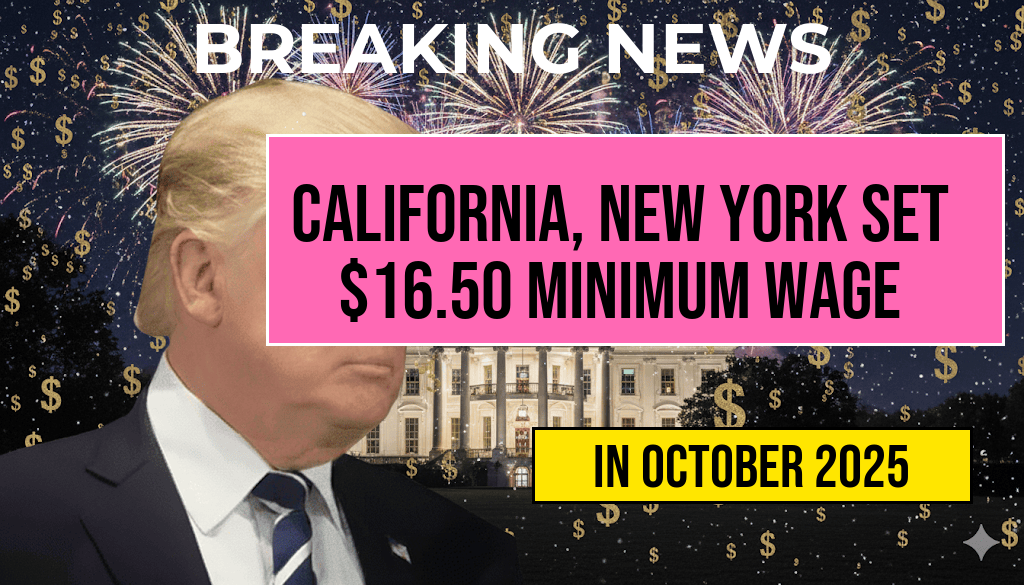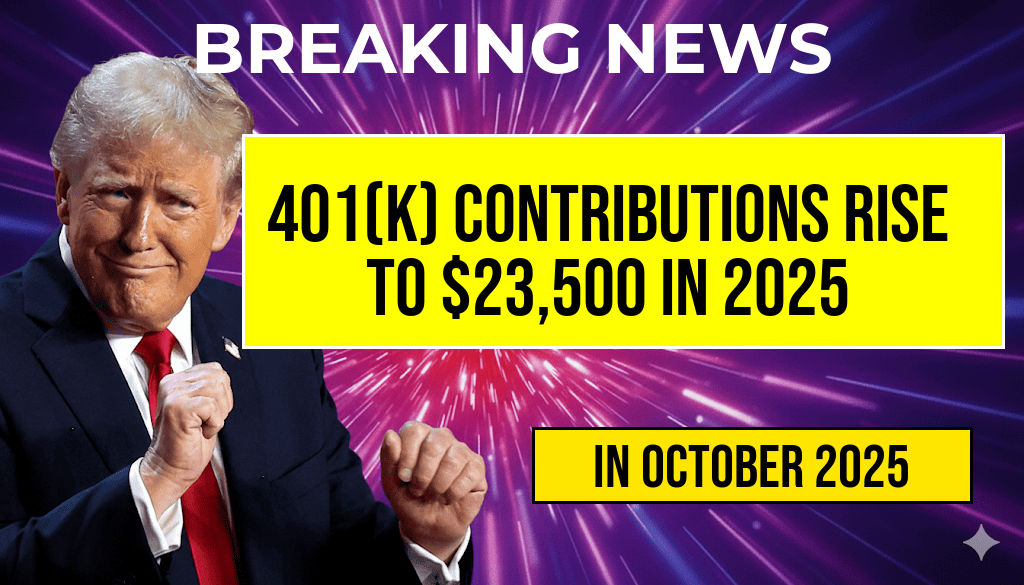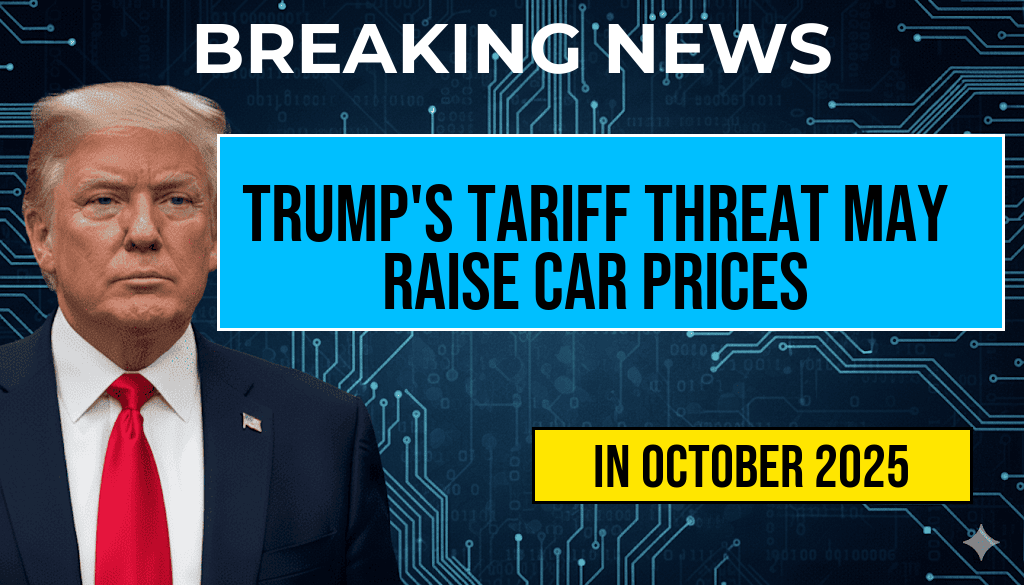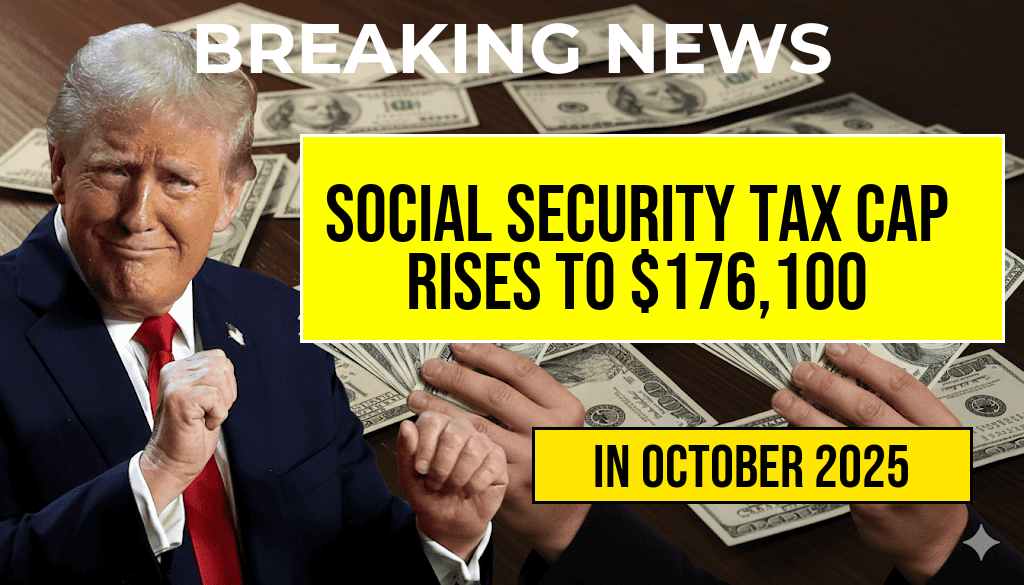Former President Donald Trump has put forth a proposal advocating for a new rule that would permit high-risk cryptocurrency investments within 401(k) retirement plans. This initiative aims to provide workers with the option to allocate a portion of their retirement savings into digital assets, potentially increasing their returns in a rapidly evolving financial landscape. The proposal has garnered attention amid ongoing debates about the role of cryptocurrencies in mainstream finance and their regulatory status. Supporters argue that allowing such investments could lead to greater financial autonomy for individuals, while critics warn of the risks associated with volatile markets. As the conversation around retirement savings continues to evolve, this proposal could have significant implications for both investors and the broader financial system.
Background on 401(k) Plans and Cryptocurrency
401(k) plans have long been a staple of American retirement savings, allowing employees to save for the future with tax advantages. Traditionally, these plans offer a range of investment options, primarily focused on stocks and bonds. However, the rise of cryptocurrencies has prompted discussions about diversifying investment choices within these retirement accounts. As digital currencies gain traction, many investors are exploring the potential of cryptocurrencies like Bitcoin and Ethereum as part of their financial portfolios.
Trump’s Proposal: Key Features
Trump’s proposed rule includes several key features aimed at facilitating the inclusion of cryptocurrency investments in 401(k) plans:
- Investment Flexibility: Workers would have the option to allocate a portion of their retirement funds to cryptocurrencies, alongside traditional investments.
- Regulatory Framework: The proposal emphasizes the need for a clear regulatory framework that would protect investors while allowing them to engage in high-risk investments.
- Educational Resources: Employers would be encouraged to provide educational materials to help employees understand the risks and rewards associated with cryptocurrency investments.
Implications for Investors
The introduction of high-risk cryptocurrency options in 401(k) plans could significantly alter how individuals approach retirement savings. Proponents argue that such investments may offer higher potential returns, particularly in a financial environment marked by low interest rates and inflationary pressures. However, the volatility of cryptocurrencies poses inherent risks that could jeopardize retirement savings if not approached cautiously.
Potential Benefits
- Diversification: Including cryptocurrencies in retirement portfolios may help diversify investments and mitigate risk.
- Higher Returns: Historically, cryptocurrencies have shown significant price appreciation, which could translate to higher returns for investors willing to accept the risk.
- Empowerment: Allowing individuals to make their own investment choices can enhance financial literacy and personal responsibility.
Risks and Concerns
- Market Volatility: Cryptocurrencies are known for extreme price fluctuations, which could threaten retirement funds.
- Lack of Regulation: The regulatory landscape for cryptocurrencies remains uncertain, raising questions about investor protection.
- Limited Understanding: Many investors may lack the knowledge to make informed decisions about cryptocurrency investments.
Industry Reactions
The financial industry has responded with a mix of enthusiasm and caution. Financial advisors are closely monitoring the proposal, recognizing the potential for innovation in retirement planning. However, many also express concerns about the implications of exposing retirement funds to high-risk assets. The Forbes Advisor highlights that while cryptocurrencies may provide exciting opportunities, investors should be aware of the risks involved.
Conclusion: A Shifting Landscape
As discussions around Trump’s proposal continue, the financial community will be watching closely. The potential for including cryptocurrencies in 401(k) plans represents a significant shift in the approach to retirement savings. Whether this proposal will gain traction remains to be seen, but it certainly reflects a broader trend of integrating digital assets into traditional investment frameworks. As investors weigh the pros and cons, the conversations around risk, regulation, and retirement planning will likely intensify.
Frequently Asked Questions
What is the new 401(k) rule proposed by Trump?
The new 401(k) rule proposed by Trump aims to allow individuals to include high-risk cryptocurrency investments in their retirement plans, providing more flexibility in asset allocation.
Why does Trump support allowing crypto investments in retirement plans?
Trump believes that allowing high-risk crypto investments in retirement plans could lead to greater financial opportunities for individuals, potentially increasing their returns as the cryptocurrency market continues to grow.
What are the risks associated with investing in cryptocurrency for retirement?
Investing in cryptocurrency is generally considered high-risk due to its volatile nature, regulatory uncertainties, and potential for significant losses, which could jeopardize retirement savings if not managed properly.
How might this new rule impact traditional retirement investment strategies?
The introduction of high-risk crypto investments in 401(k) plans could lead to a shift in traditional investment strategies, as more individuals may choose to diversify their portfolios with cryptocurrencies, potentially increasing overall market participation.
What should individuals consider before investing in crypto through their 401(k)?
Before investing in cryptocurrency through a 401(k), individuals should consider their risk tolerance, investment goals, and the overall impact on their retirement savings, as well as seek advice from financial professionals.










